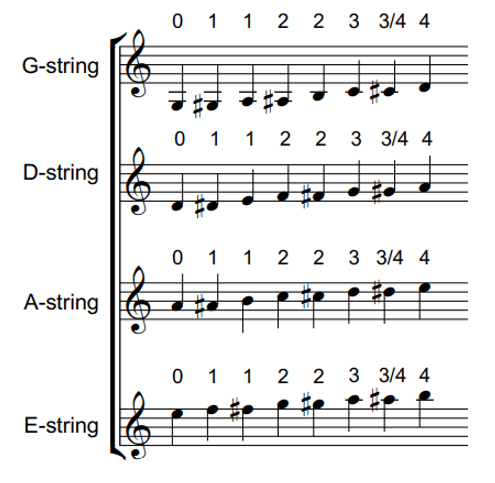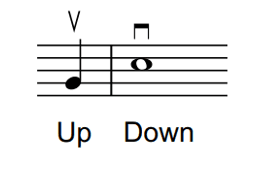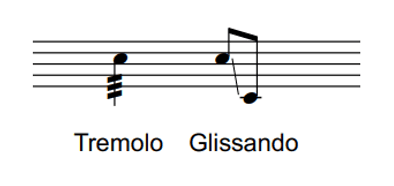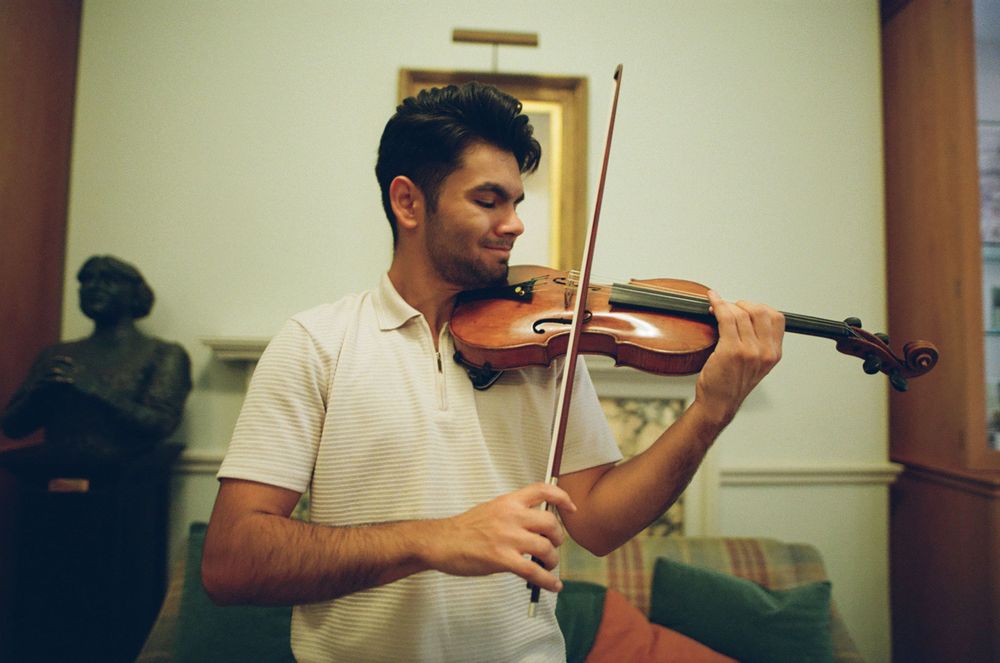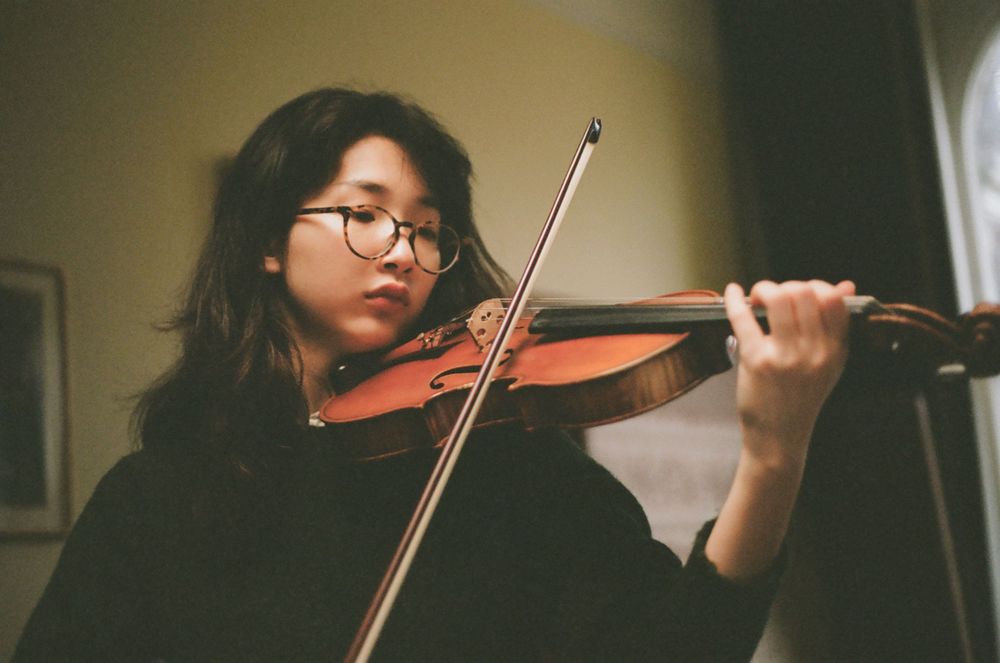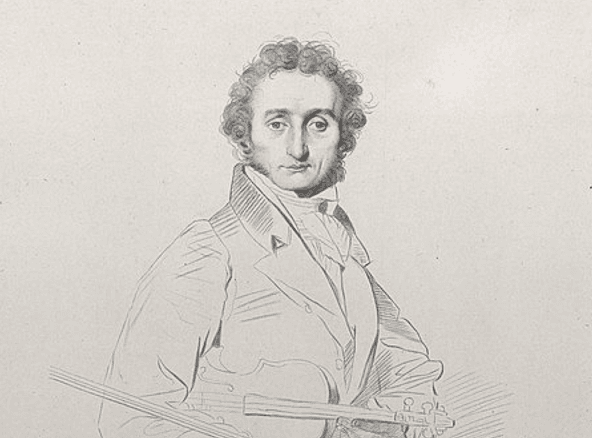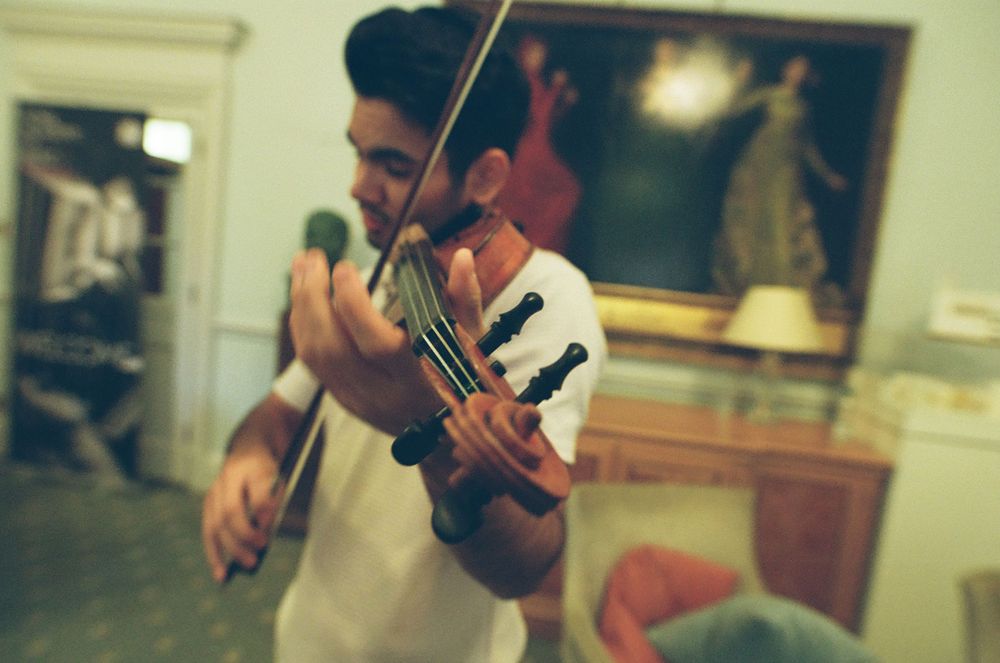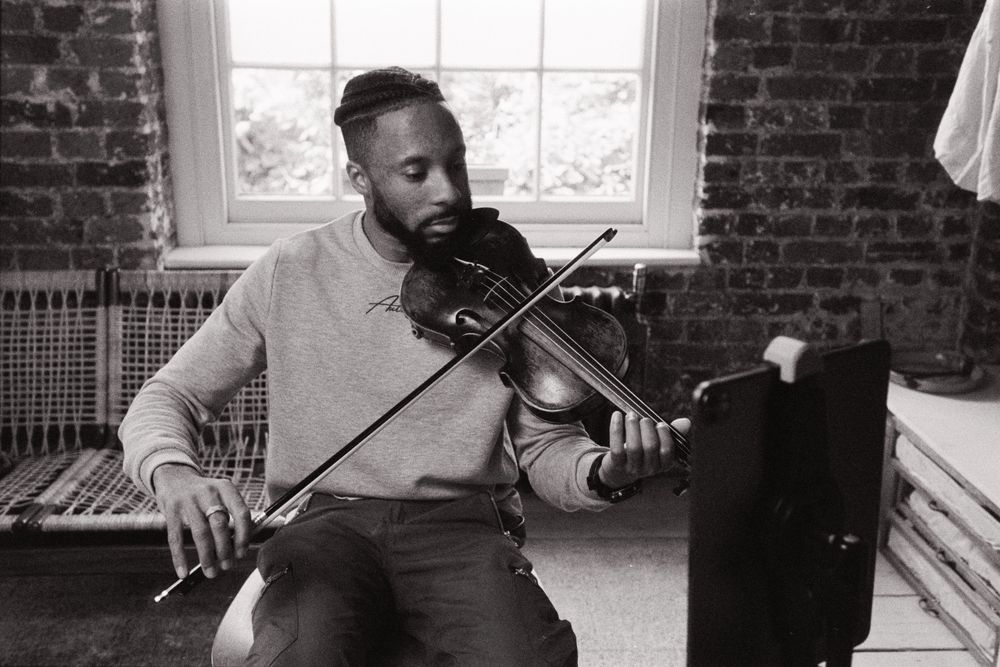The violin is undoubtedly one of the most important instruments in classical music. Playing a leading role in musical practice ever since the Baroque period, it’s the most numerous instrument in the orchestra, a regular fixture in chamber ensembles, and it has a huge solo repertoire.
It also plays a major role in other musical styles, marking countless folk traditions from the USA to India, as well as popular-music genres such as country, disco and Motown. And it’s rarely far away from a film or TV soundtrack. In short, they’re everywhere.
At home with moving lyricism, stormy textures and subtle atmospheres, the violin has come to define so much of the music we listen to. If you’re picking one up for the first time, then you’re becoming a part of this broad and wonderful musical story.
It’s prevalence shouldn’t be taken lightly, though. It’s an instrument that demands care, precision and commitment of its players. It can seem tough when you’re starting out - violins often seem to resist being played at all. But before you know it, you’ll be making it sing.
In order to reach that sweet stage, you’ll need to get to grips with violin sheet music. By reading and interpreting it, you’ll be laying the foundations of your practice. And practice lays the foundations of your journey to becoming the violinist that you were born to be.
Here's your first lesson. Just follow the steps below, and you’ll be there in no time.


